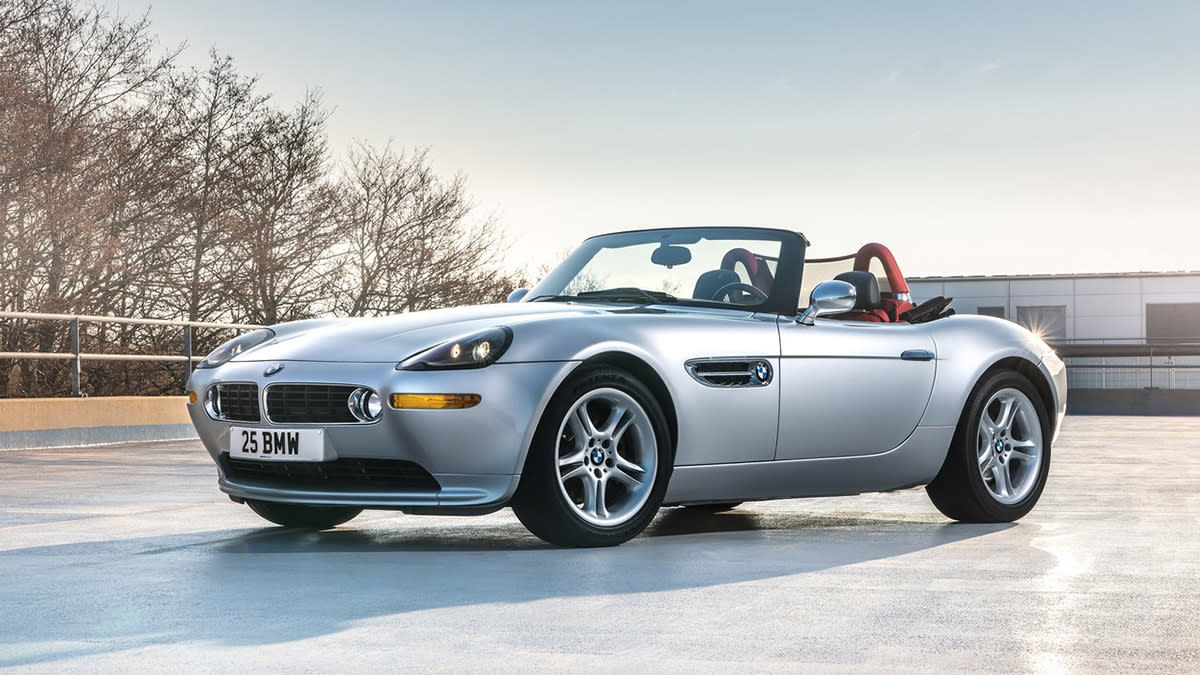
The BMW Z8 is a stellar example of how to build a car that pays tribute to the past without getting bogged down in nostalgia.
The Z8 is the spiritual successor to the 507 from the late 1950s. Based on the Z07 concept, it was originally envisioned as a styling exercise meant to replace its decades-older predecessor. But when it debuted in 1998, it proved itself to be so much more.
More from Robb Report
We’d still be talking about the Z8 today based solely on its retro-futuristic look, but the German marque’s third modern roadster also happened to be an excellent sports car. It offered plenty of pep thanks to the potent V-8 lurking beneath its hood, while still delivering a smooth ride thanks to its 50:50 weight distribution. The standard version was also only available with a manual gearbox, a feature that was just starting to become rare.
Despite some big-screen promotion and winning over the likes of Steve Jobs, the Z8 never sold in high numbers, with only some 5,700 examples rolling off the line. But, in the 22 years since production ended, enthusiasts and collectors have caught on to how special the open-top speed machine is. Because of that, a car that started at $128,000 back before the turn of the century regularly goes for double that.
Best of Robb Report
Sign up for RobbReports's Newsletter. For the latest news, follow us on Facebook, Twitter, and Instagram.
Click here to read the full article.
Based on the Other German Convertible From the 1950s
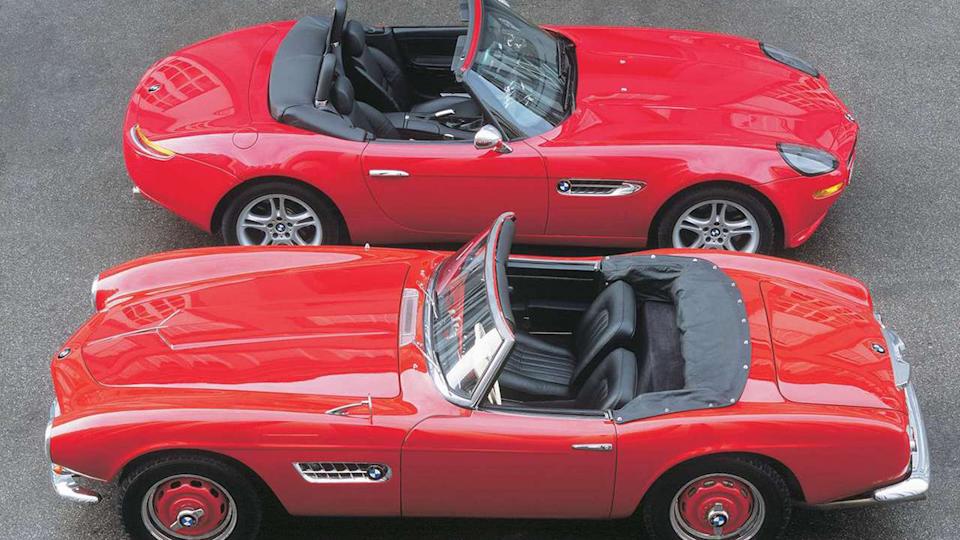
What’s the greatest German convertible of the 1950s (and probably of all time)? Ask a group of enthusiasts and the overwhelming majority will name the Mercedes-Benz 300 SL Roadster. But BMW built a pretty good one of its own during this period—the 507.
In the 1950s, American car importer Max Hoffman convinced BMW that the way to win over his fellow countrymen was to introduce a sporty grand tourer. That resulting car features a sleek design courtesy of Albrecht von Goertz and was powered by a potent-for-the-time 3.2-liter V-8 that made 150 hp. Unfortunately, the car was too costly to make, and the automaker would build just 252 examples, instead of the thousands it had planned on. But, nearly four decades later, it would inspire the Z07, the concept that would eventually become the production Z8.
A Timeless Beauty
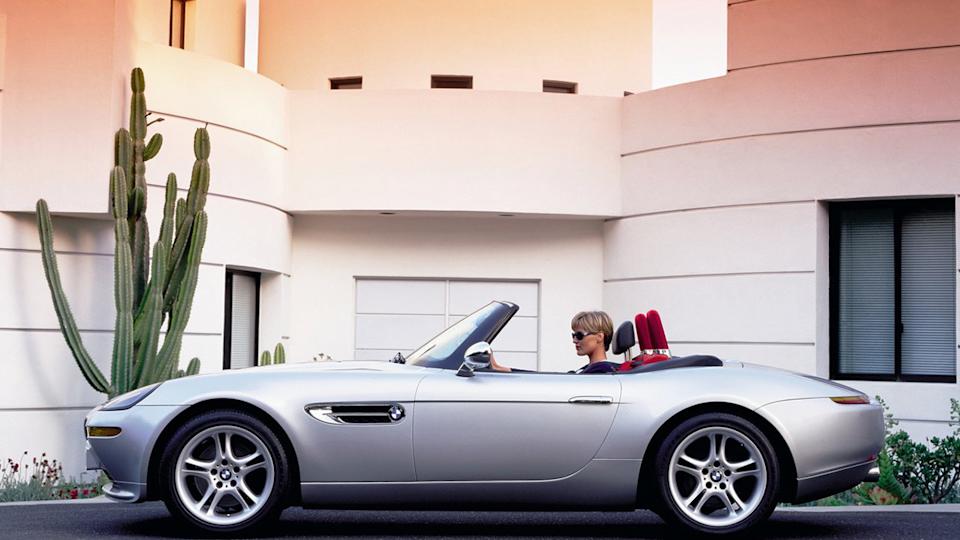
Yes, the Z8 manages to mix both style and substance, but it bears repeating it: it is a truly beautiful car. And while many people had a hand in designing the roadster, the person most responsible for its unforgettable look is Henrik Fisker.
Back before he started his eponymous EV company, Fisker designed a number of memorable vehicles, like the Aston Martin V8 Vantage and BMW X5. But the Z8 is probably the design that has aged best. That’s because it holds onto the 507’s general proportions—in particular its long hood and rearward cabin—while streamlining its shape and details. The result is a vehicle that calls to mind the past without coming off as stuck in it. The clean lines and one of the better sets of non-traditional kidney grilles help too.
The car’s interior, which was designed by Scott Lampert, is also worthy of your attention, especially the gauge cluster. Rather than tucked behind the steering wheel, it’s positioned toward the center of the dash. It’s not the most sensible of features, but that doesn’t make it any less interesting.
A True Sports car
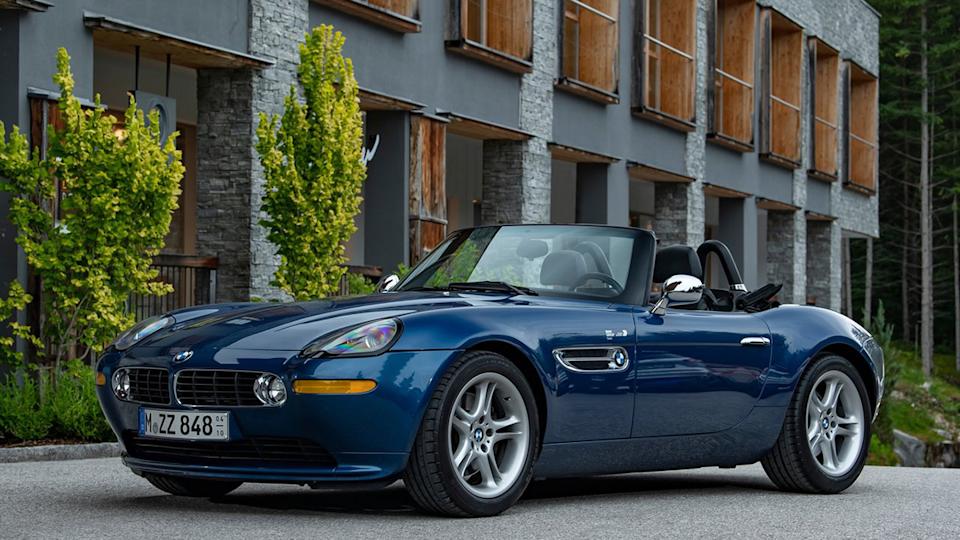
Its inspiration, the 507, may have been a sporting grand tourer, but the Z8 was a pure sports car. During the four years it was in production, the roadster had a 4.9-liter V-8 called the S62 under its hood. The mill, which it shared with the M5 sport sedan, made 395 hp and 369 ft lbs of torque.
The Z8 was capable of putting up some pretty impressive numbers because of this. The automaker quoted a zero-to-60 mph time of 4.7 seconds, but publications like MotorTrend found that figure to be on the conservative side. Top speed, meanwhile, came out to an electronically limited 155 mph, though that number, without restriction, is believed to be closer to 180 mph.
The End of Bond’s German Love Affair
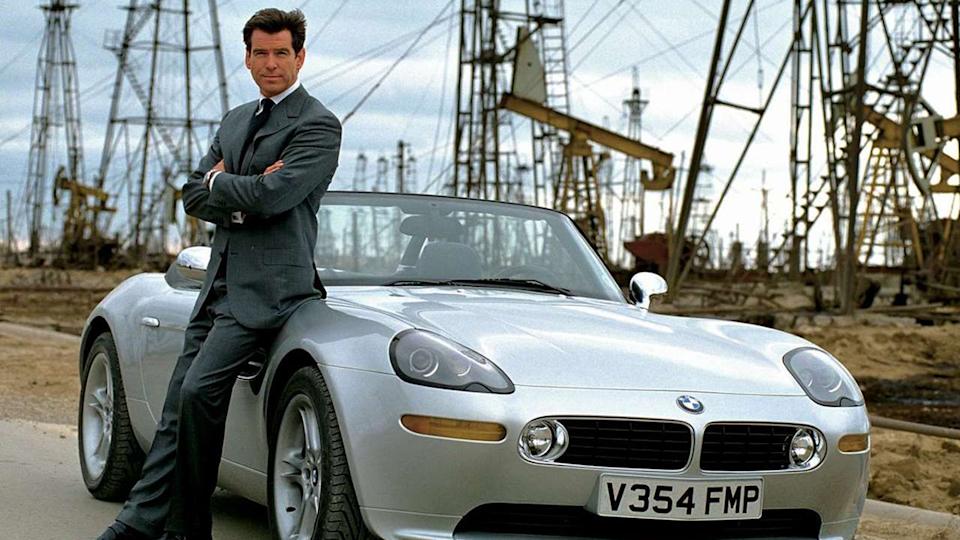
No automaker is more closely associated with James Bond than Aston Martin, but there was a brief period when Pierce Brosnan was playing the spy, when he primarily drove BMWs. Agent 007 can be seen behind the wheel of a Z3 in 1995’s Golden Eye, a 718iL in 1997’s Tomorrow Never Dies, and a Z8 in 1999’s The World Is Not Enough. It may have been the last of Bond’s Beemers, but it is also, undoubtedly, the best of the trio, even before you take into account Q’s exhilarating modifications. Those include surface-to-air missiles and the ability to be remotely controlled with its key fob.
A Goodbye From Alpina
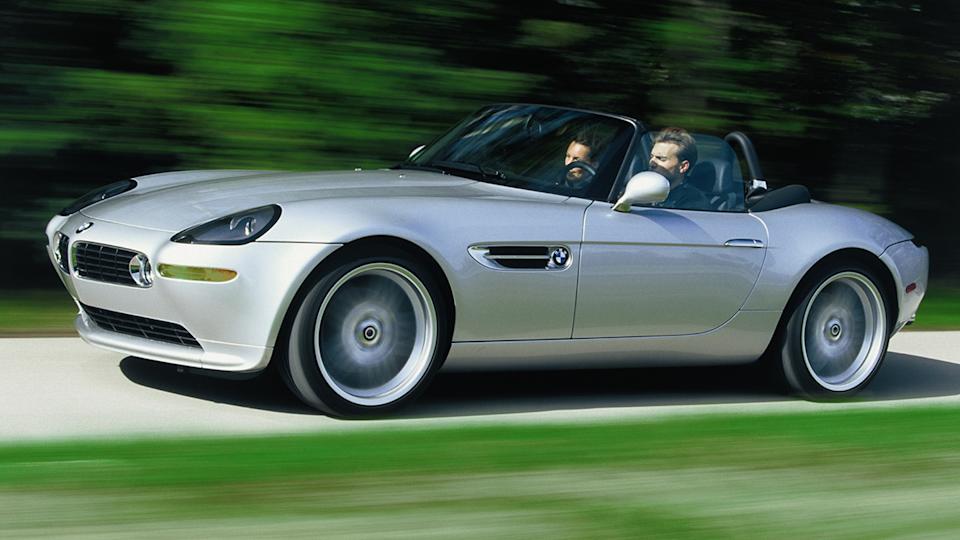
The Z8 was replaced in its final model year, 2003, by the Alpina Roadster V8. The vehicle, like the best of the tuner’s builds, doesn’t reimagine the Z8 so much as refine it. The two-door is less powerful than the standard version—making 375 hp instead of 395—and comes with an automatic gearbox. These changes, along with 20-inch Alpina wheels and more premium interior materials, combine to make it a more elegant and opulent roadster.
It’s also a much more exclusive car. Alpina built just 555 examples of its roadster, 450 of which were imported to the U.S. On the rare chance you do find one on the market, you can expect to pay in excess of $300,000 for it.
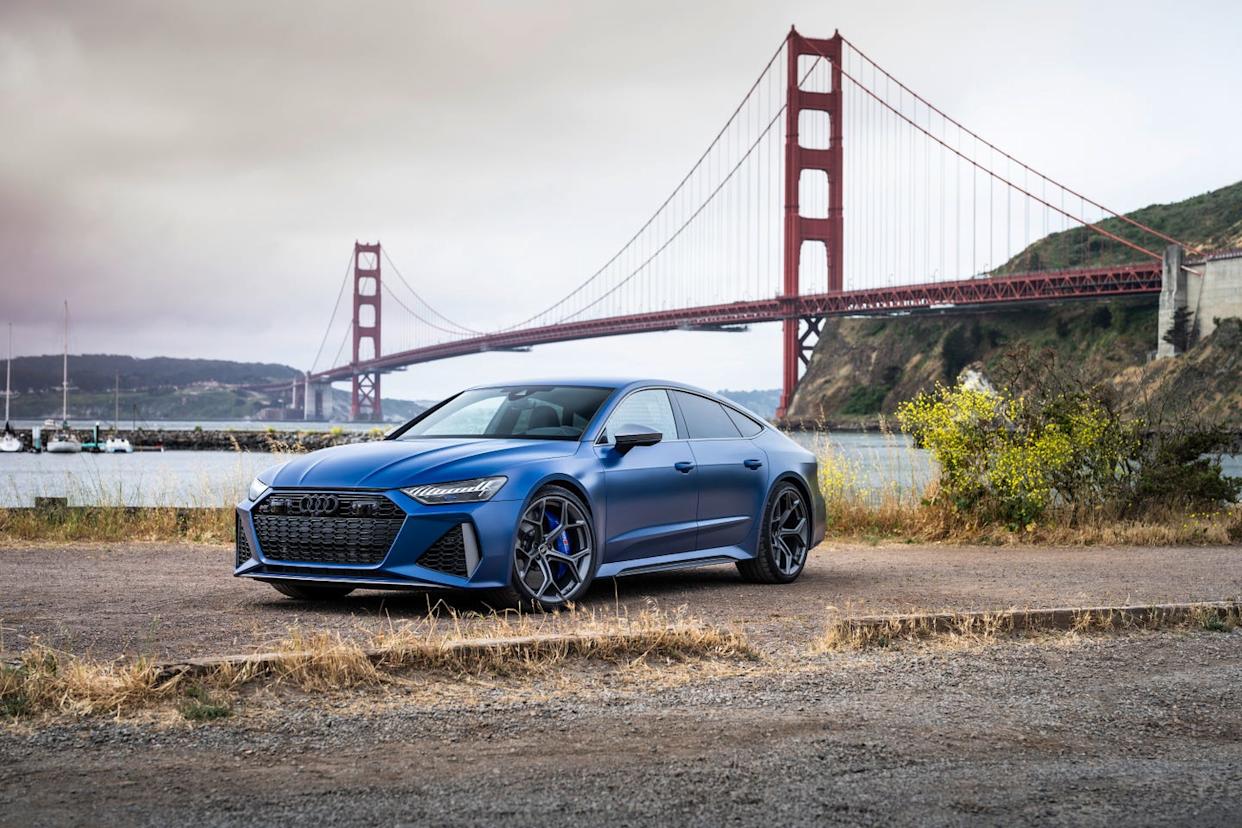
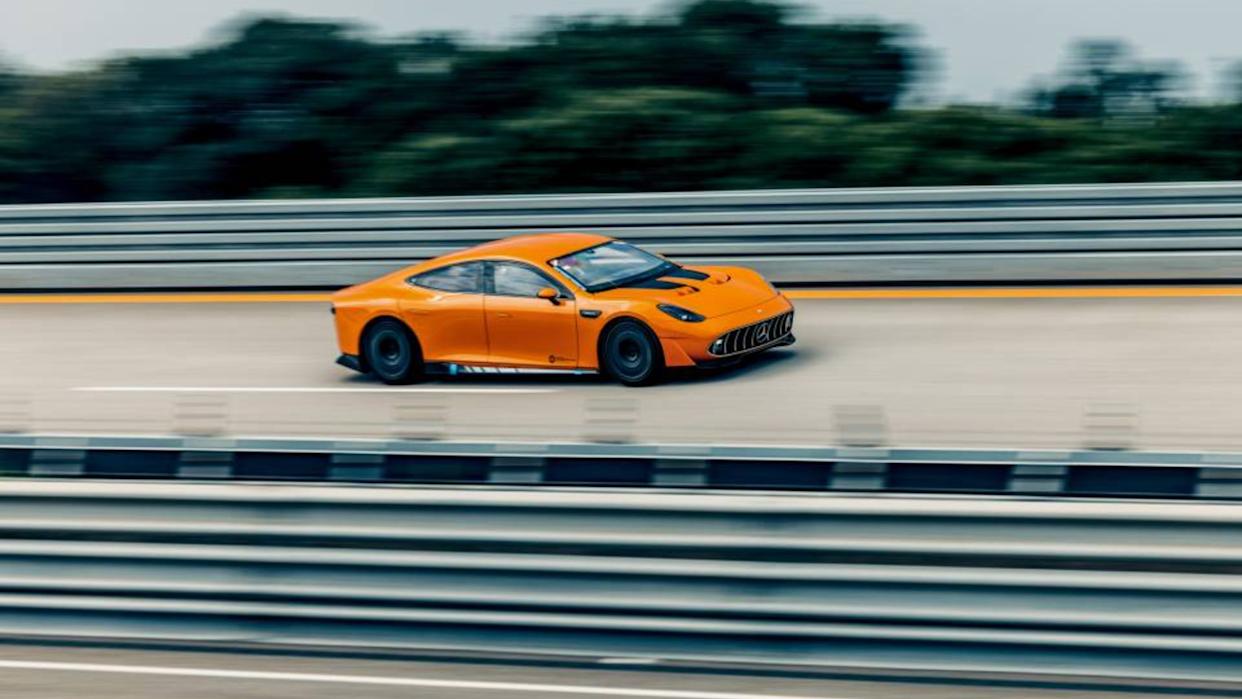
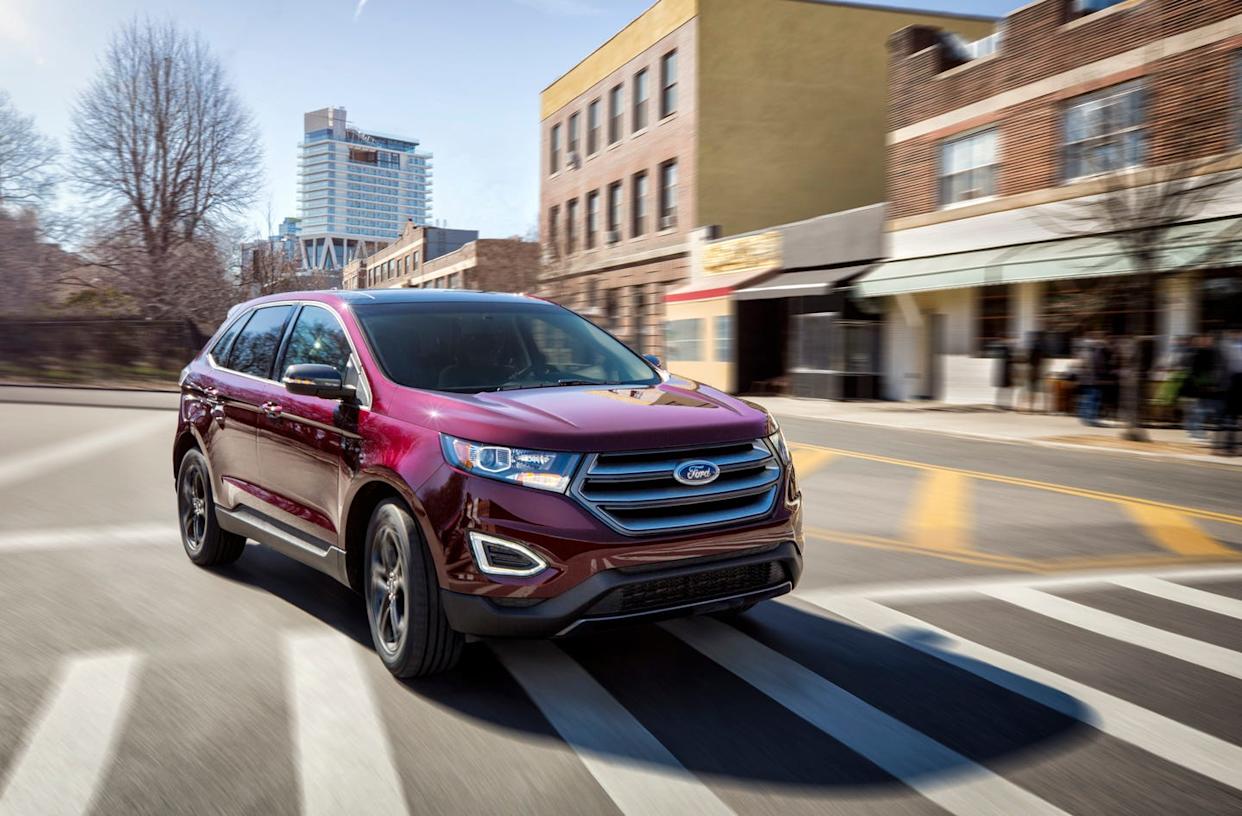


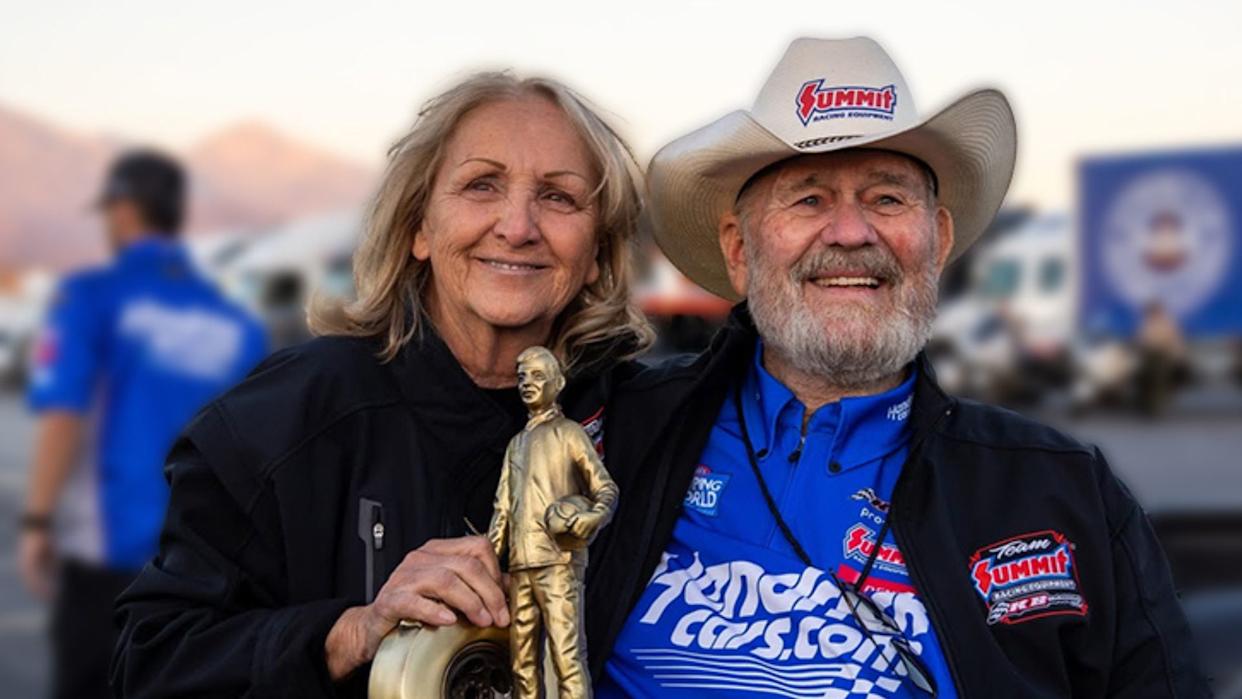
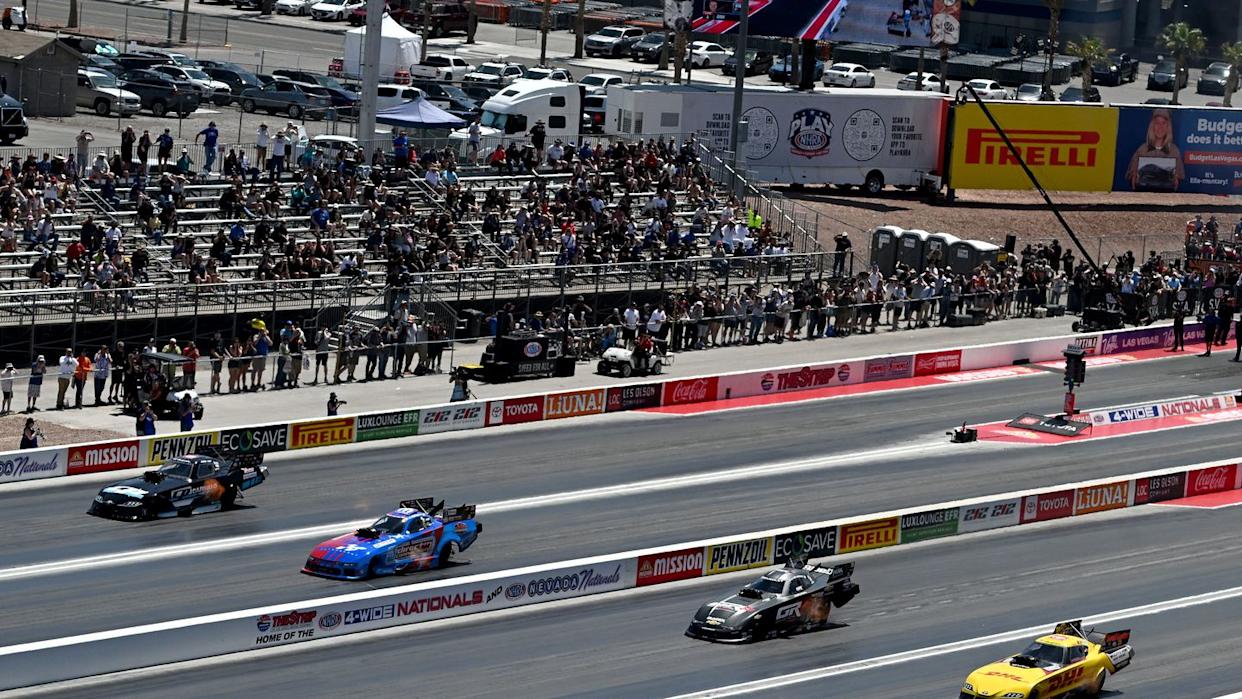

Comments